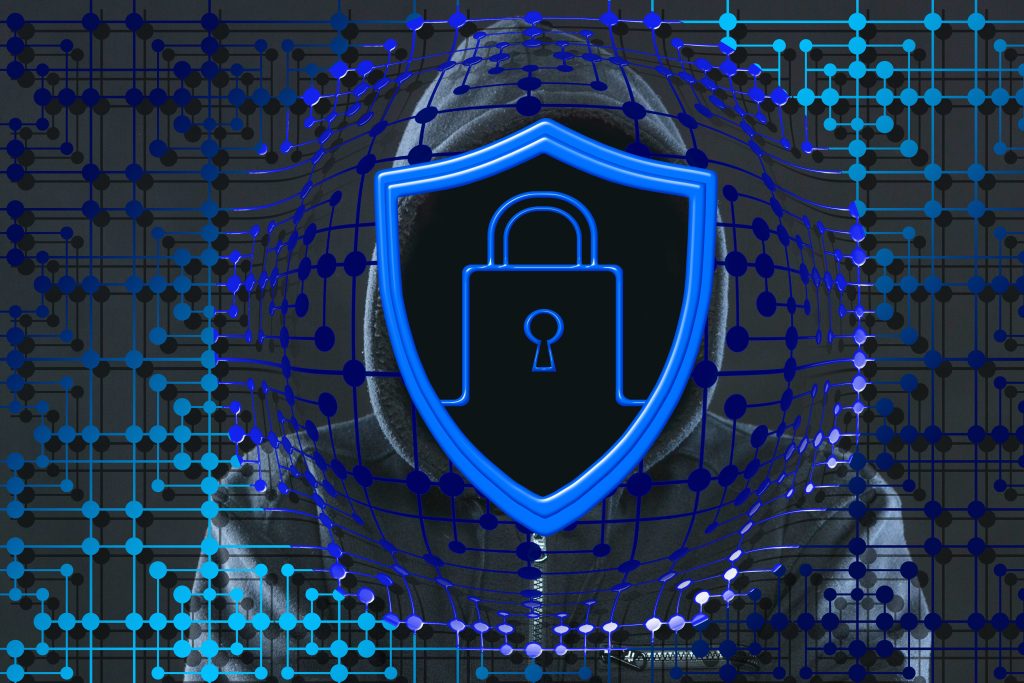The Quantum Tipping Point

A decade ago quantum computing could be considered science fiction, but today it has now become lingering reality and no longer science fiction. Tech giants like IBM, Google with huge pool of resources and smaller companies like Rigetti racing to build scalable quantum machines, it is obvious a seismic shift in cybersecurity is imminent. Unlike classical computers, quantum systems leverage qubits to perform calculations at unprecedented speeds, threatening to crack encryption protocols that safeguard everything from online banking to national security. The need for robust security has never been greater. For businesses, the message is clear: adapt now or risk catastrophic vulnerabilities.
1. The Looming Threat to Current Encryption

How Quantum Computers Break the Unbreakable
Today’s encryption standards—RSA, ECC, and Diffie-Hellman rely on mathematical problems deemed unsolvable by classical computers. Quantum computers, however, exploit Shor’s algorithm to factor large numbers or solve discrete logarithms in minutes, not millennia.
- Example: RSA-2048, the gold standard for secure communications, could be decrypted by a quantum machine with just 4,000 stable qubits (current systems have ~1,000 qubits).
- At Risk: Financial transactions, healthcare data, government secrets, and Iot of devices.
The “Harvest Now, Decrypt Later” Attack
Cybercriminals are already stockpiling encrypted data, anticipating future quantum decryption. A 2023 report by the World Economic Forum warns that 21% of organizations have experienced data breaches targeting long-term sensitive information.
2. Post-Quantum Cryptography: The New Frontier
NIST’s Race to Standardize Quantum-Resistant Algorithms
The National Institute of Standards and Technology (NIST) is finalizing post-quantum cryptographic (PQC) standards, with winners like CRYSTALS-Kyber (for encryption) and CRYSTALS-Dilithium (for signatures) leading the charge. These algorithms rely on lattice-based problems, which even quantum computers struggle to solve.
Adoption Timeline
- 2024–2025: NIST finalizes standards.
- 2026–2030: Governments and enterprises begin migration.
- 2030+: Quantum-safe encryption becomes baseline.
Hybrid Solutions: Bridging the Gap
Companies like Google and Cloudflare are already testing hybrid models that combine classical and post-quantum encryption, ensuring backward compatibility during the transition.
3. Quantum Key Distribution (QKD): A Double-Edged Sword
How It Works
QKD uses quantum mechanics to securely distribute encryption keys. Any eavesdropping attempt disrupts the quantum state, alerting both parties.
Pros & Cons
- Unhackable in Theory: China’s Micius satellite demonstrated QKD over 1,200 km.
- Practical Limits: It requires specialized hardware, short-range fiber networks, and high costs.
4. Strategic Steps for Businesses
1. Inventory Cryptographic Assets
Audit systems using RSA, ECC, or SHA-1. Prioritize high-risk areas (e.g., customer data, intellectual property).
2. Assess Vendor Readiness
Ask cloud providers (AWS, Azure) and SaaS platforms about their PQC migration roadmaps.
3. Pilot Post-Quantum Solutions
Test NIST-approved algorithms in non-critical systems. Tools like OpenQuantumSafe offer open-source libraries.
4. Plan for Crypto-Agility
Design systems to easily swap encryption methods as standards evolve.
5. Partner with Experts
JustWebTech offers risk assessments and tailored migration strategies to future-proof your infrastructure.
The Time to Act is Now
Quantum computing is what is considered a catalyst for innovation. By embracing post-quantum cryptography and crypto-agility, businesses can turn disruption into opportunity. At JustWebTech, we’re committed to guiding you through this transition with cutting-edge solutions and strategic insights.

Leave a Reply